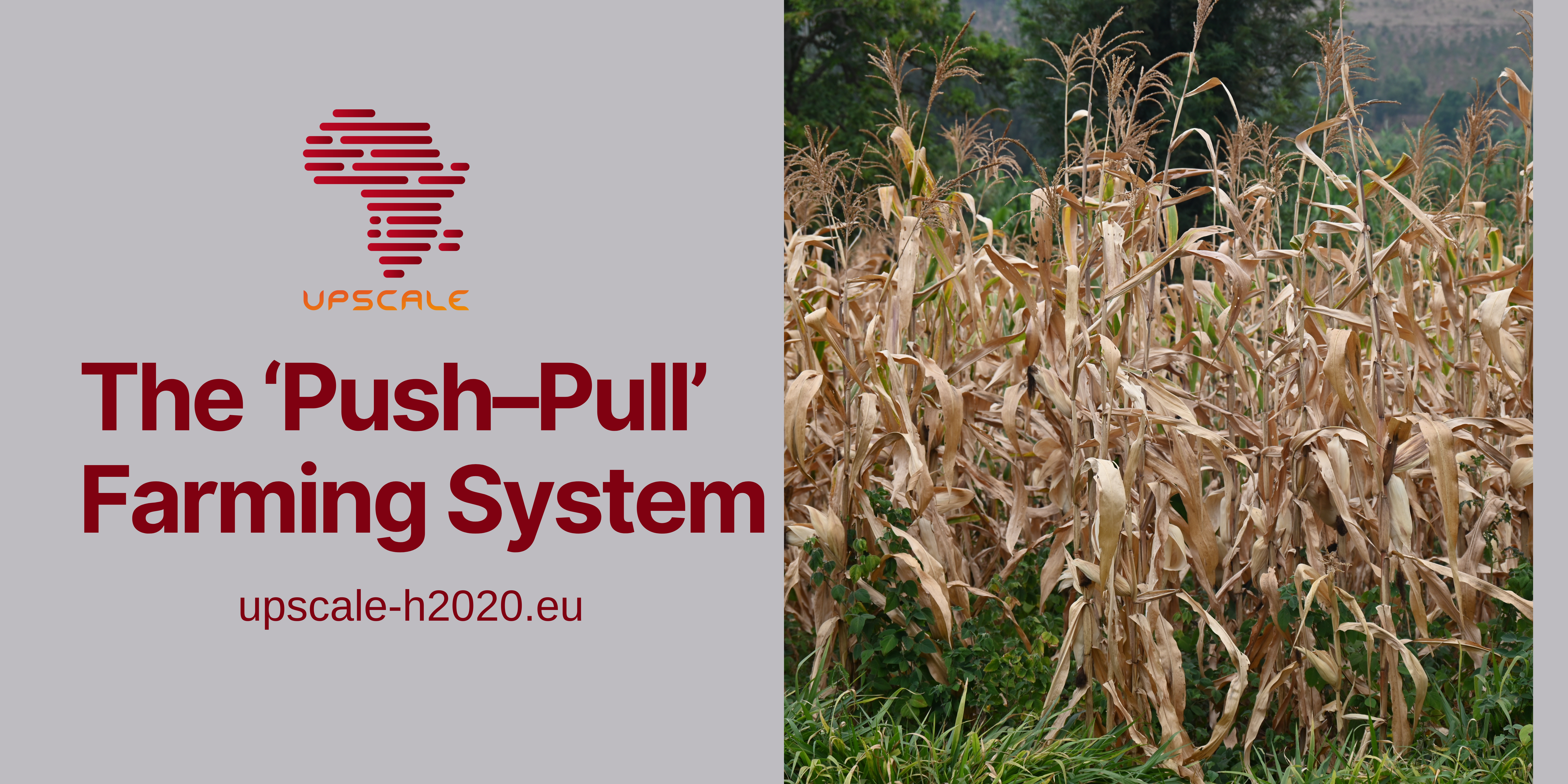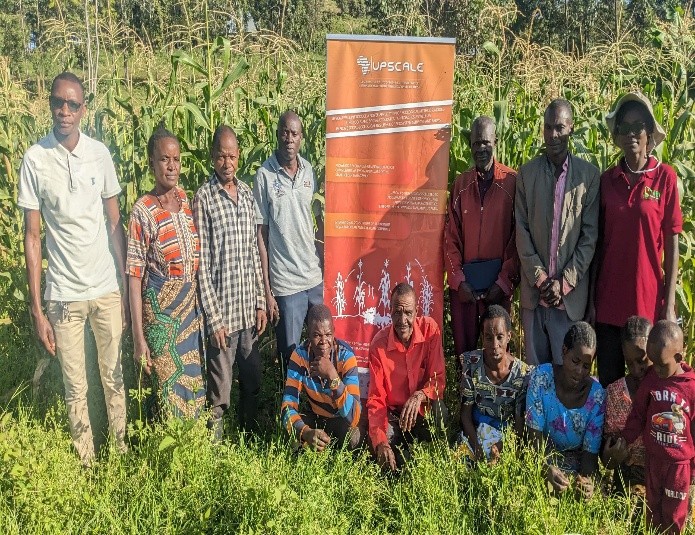Push-pull technology in Africa is one of the biggest improvements in local agriculture and it has uplifted hundreds of smallholder farmers since the beginning of the 21st century. This technique has proven valuable for smallholder farmers who experience reduced crop yields and increased pest pressures due to striga, fall armyworm (FAW) and stemborers. This method has been intensely promoted and further developed by the International Centre of Insect Physiology and Ecology (icipe) and Rothamsted Research. Push-pull not only increases productivity but encourages sustainability in the region.
The Challenges and Solutions: Reduction of Yield and Pest Risks
Most farmers in Africa are confronted with the challenge of low yield productivity stemming from poor quality of soils and persistent acts of pests. Pests identified as the most problematic are Stemborers and the parasitic weed known as Striga Hermonthica which presents a big threat to Maize fields. It reduces food production and increases food insecurity. Old-fashioned techniques remain dysfunctional for the environment; farmers are in constant cycles of famine and poverty.
The push-pull technology presents a secure way of solving pest and disease issues by leveraging plant and pest behaviour. This method involves growing Maize with Desmodium – a legume plant that Stemborers do not attack and also prevents the establishment of Striga around the Maize field. The Napier grass attracts the stemborers away from the crops. This dual action strategy of pushing the pests away and pulling them towards the trap plants cuts down the pest incidence on Maize and increases its yield.
Climate-Smart and Sustainable
This technology is sustainable and has several climate-smart aspects. Apart from being a pest repellent, Desmodium also contributes as a nitro fixator, it contributes to soil fertility. Thus, the system is relevant for the farmers of various agroecological zones of the continent to solve the problems of selecting the appropriate types of crops. Furthermore, drought-tolerant plants are used as inter-crops to enhance food production in the event of climate change thus improving food security.
The impact of the push-pull system extends beyond individual farms. Increasing crop yields and supplying livestock fodder, this technology helps families achieve food security and generate income.
For detailed information about the Push–Pull Farming System and how it has improved farming in Africa download the full PDF report here. This informative article will give you an understanding and overview of the technology, the advantages of the practice and some farmers using these innovative methods.
Share this blog post on your social accounts and encourage people to go for climate-smart agriculture. For further resources and information, please, go to the icipe website.
References:
The ‘Push–Pull’ Farming System: Climate-smart, Sustainable Agriculture for Africa



